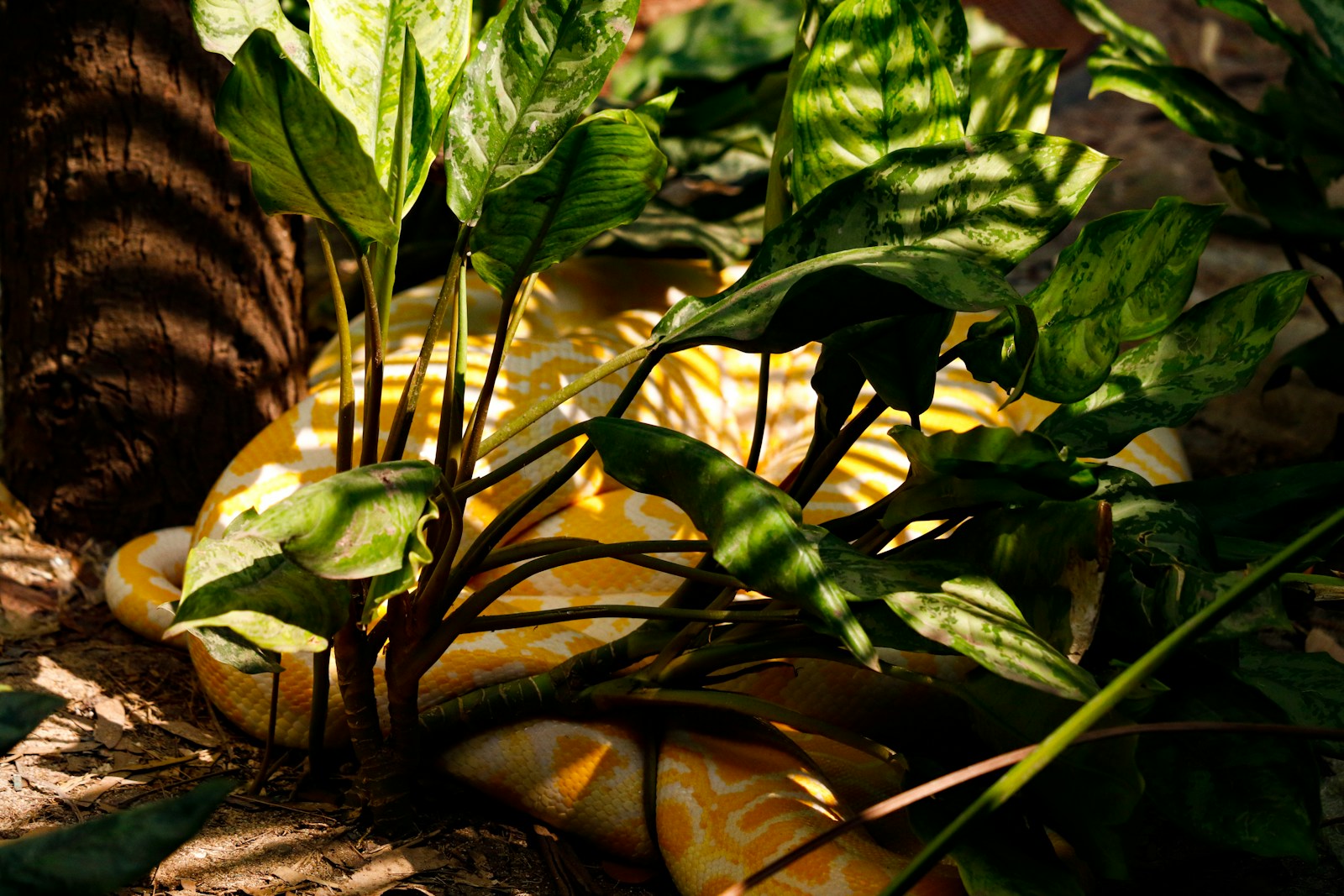Beneath the surface of the earth, a fascinating and unique reptile silently moves through the soil, creating intricate tunnel systems reminiscent of those made by moles. This remarkable creature is the burrowing snake, specifically adapted to a subterranean lifestyle that sets it apart from its surface-dwelling relatives. While most people imagine snakes slithering across open ground or coiled in trees, these specialized diggers have evolved remarkable adaptations that allow them to “swim” through soil and sand with surprising efficiency. Their mysterious underground existence has fascinated herpetologists for generations, revealing evolutionary pathways that showcase nature’s incredible ability to fill even the most challenging ecological niches.
The Mexican Burrowing Python: Master Tunnel Engineer
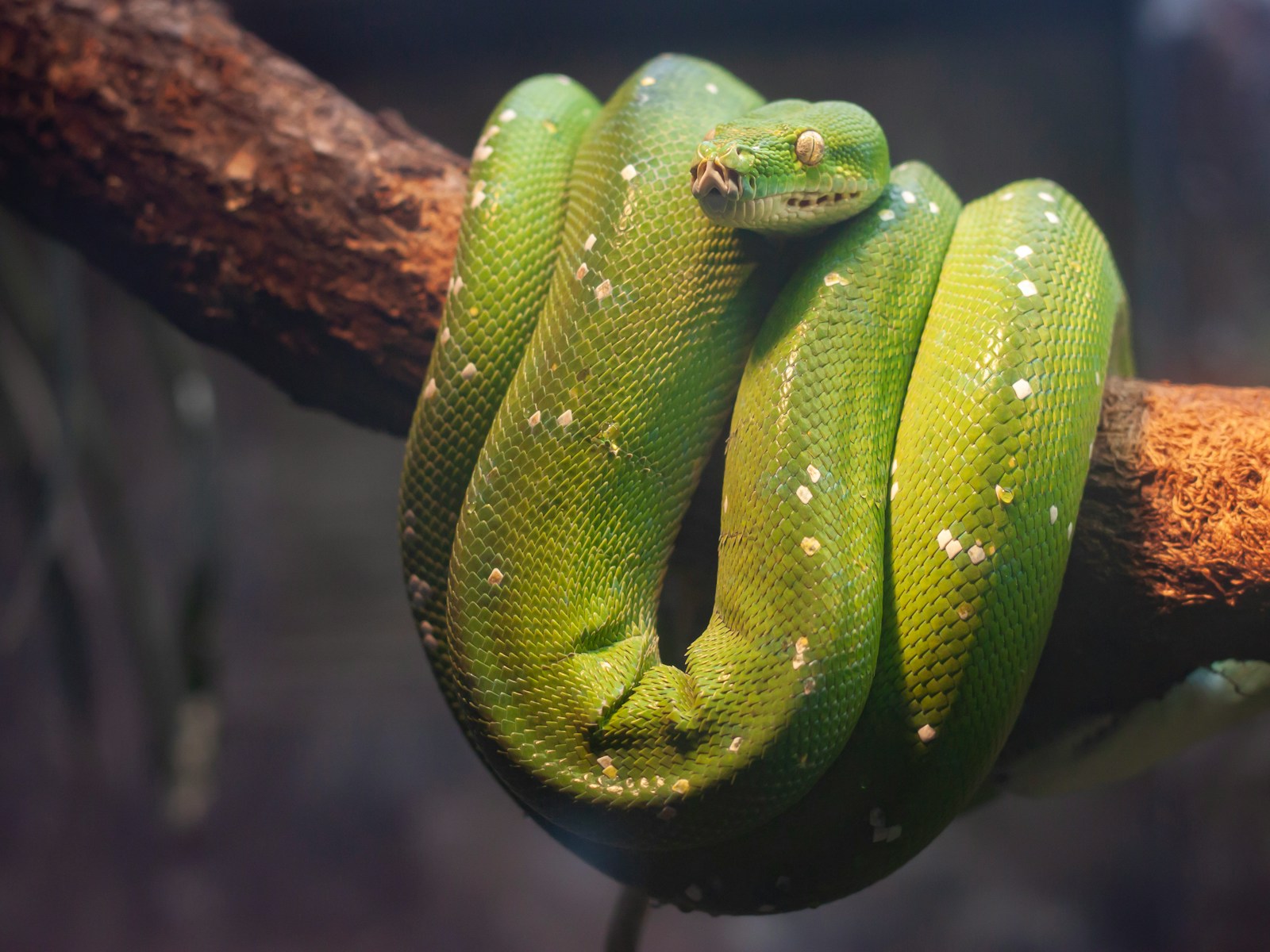
Among the most specialized tunnel-creating snakes is the Mexican burrowing python (Loxocemus bicolor), sometimes called the Ground Python. This remarkable snake is the sole member of its family, Loxocemidae, and represents a unique evolutionary branch in snake development. Native to Mexico and Central America, this snake has developed a cylindrical body shape with smooth, polished scales that minimize friction while moving through soil. Unlike most pythons that constrict prey above ground, the Mexican burrowing python spends approximately 90% of its life underground, creating elaborate tunnel systems that can extend several meters. Its muscular body allows it to push through compacted soil using specialized head movements and body undulations that have been refined over millions of years of evolution.
Specialized Head Adaptations for Digging

Burrowing snakes possess distinctive head adaptations that function effectively as living shovels. Many species, including the Blind Snakes (Typhlopidae) and Thread Snakes (Leptotyphlopidae), have evolved reinforced, often wedge-shaped skulls with smooth, rounded snouts that can push through soil with minimal resistance. Their eyes have typically reduced in size or been covered by scales or thick skin, as vision becomes less essential in the darkness underground. The lower jaw in many burrowing species is recessed, allowing the mouth to remain closed while the reinforced upper jaw leads the digging action. These adaptations collectively transform the snake’s head into a remarkably efficient digging tool that can penetrate even relatively compacted soils without causing injury to the animal.
Body Modifications for Underground Movement
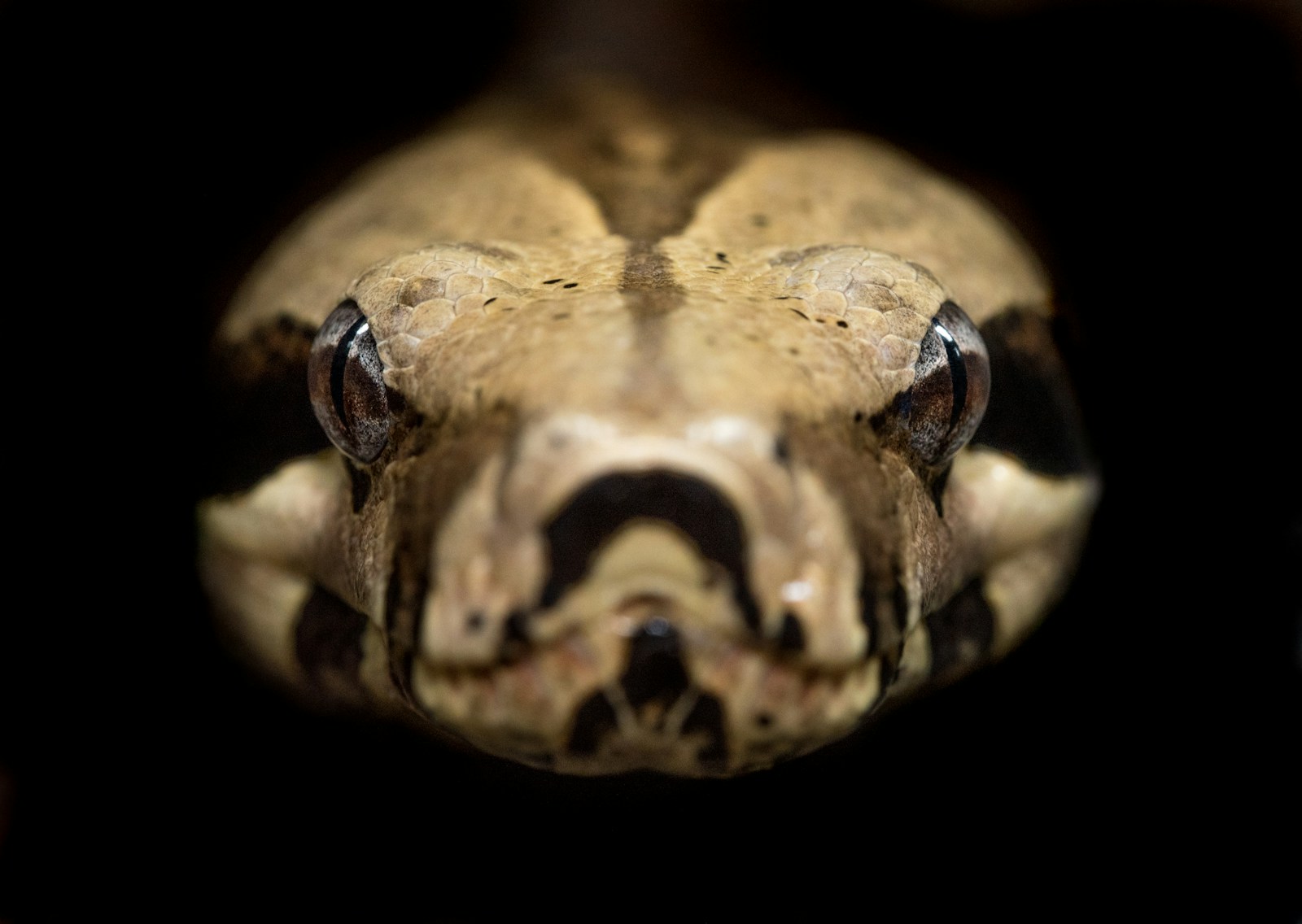
The bodies of tunnel-digging snakes have undergone significant modifications to facilitate their subterranean lifestyle. Unlike surface-dwelling snakes that typically have longer, more slender bodies, burrowing species tend to be shorter and more uniformly cylindrical from head to tail. This body shape distributes force evenly during digging and prevents the snake from becoming stuck in tight spaces. Their scales are often highly polished and closely overlapping, reducing friction with the soil and preventing dirt from lodging between scales. Many species have particularly muscular bodies with specialized muscle groups that enable the pushing and twisting movements required for effective soil displacement. These adaptations collectively allow these remarkable reptiles to move through soil with an efficiency that rivals dedicated burrowing mammals like moles.
The Sand Boa’s Desert Engineering
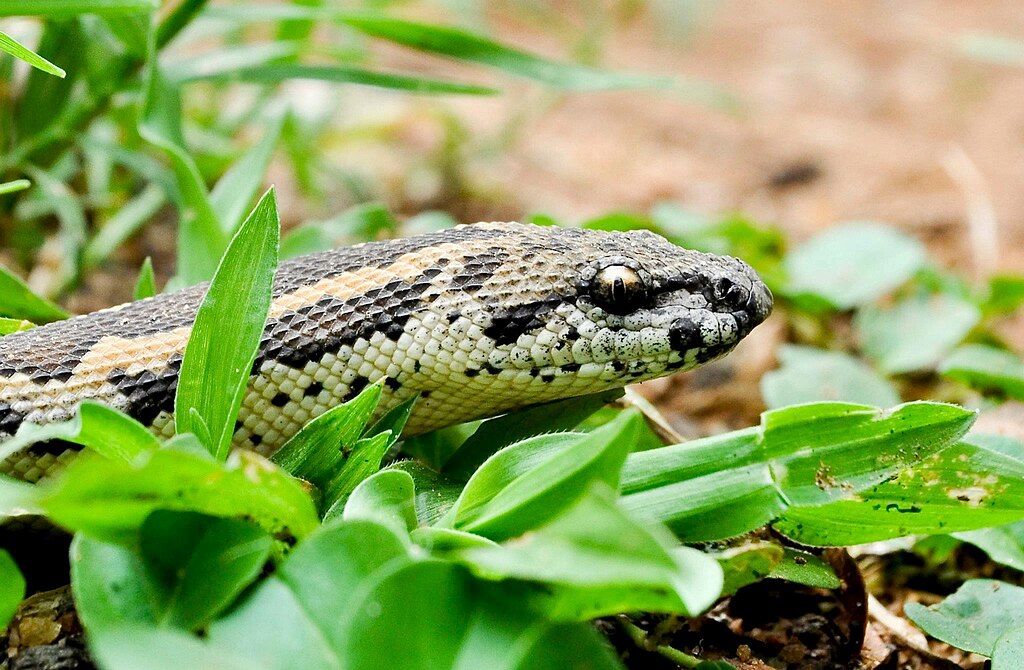
Sand boas (genus Eryx) represent another remarkable group of snakes that have mastered the art of underground tunnel creation in sandy desert environments. These stocky, muscular snakes have evolved to move through loose sand with astounding efficiency. Using a technique called “sand swimming,” sand boas use lateral undulations of their bodies to propel themselves through the substrate, creating temporary tunnels as they move. Their blunt, wedge-shaped heads and small eyes protected by overhanging scales prevent sand from causing injury during rapid burrowing. Some species, like the Kenyan sand boa (Eryx colubrinus), can completely disappear beneath the sand in seconds, leaving almost no trace of their passage on the surface – a valuable adaptation for both hunting prey and avoiding predators in exposed desert environments.
Blind Snakes: The Ultimate Tunnel Specialists
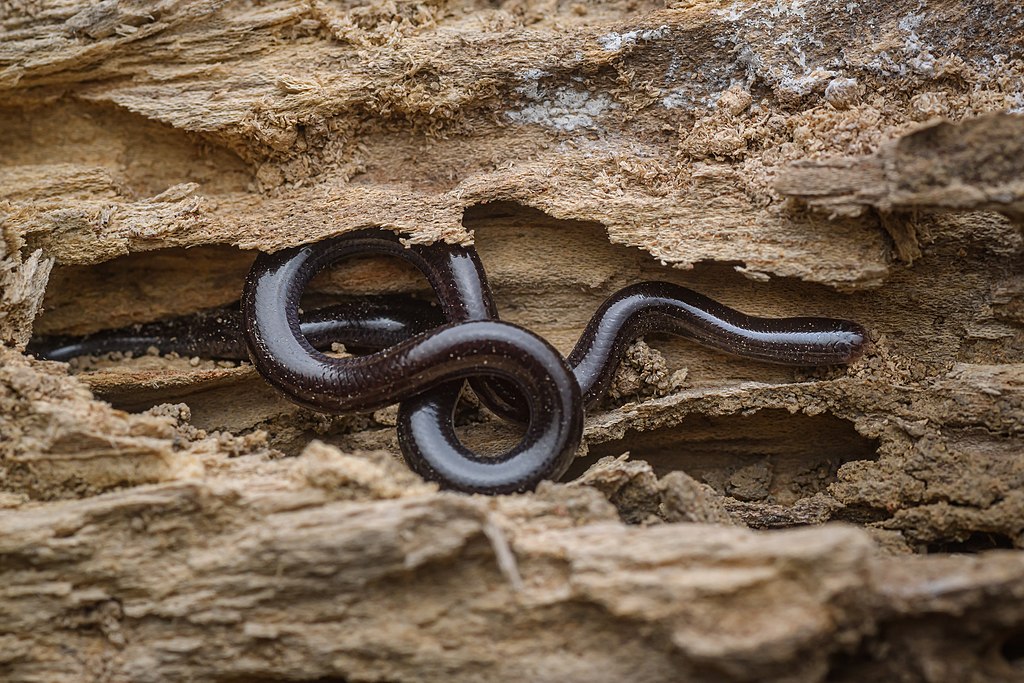
Perhaps the most specialized of all burrowing snakes are the blind snakes (family Typhlopidae), comprising over 400 species worldwide. These small, worm-like snakes are true underground specialists, spending virtually their entire lives beneath the surface. Their eyes have been reduced to tiny dark spots covered by scales, as vision serves little purpose in their dark subterranean world. Blind snakes have evolved incredibly smooth, shiny scales that give them an almost polished appearance and minimize soil friction. Their tunneling ability is so advanced that they can create extensive networks of small tunnels through which they hunt for their specialized prey – primarily ant and termite eggs, larvae, and pupae. Some blind snake species can create tunnels that remain stable for weeks or months, similar to the more permanent burrow systems created by some mammals.
Hunting Strategies in Underground Tunnels
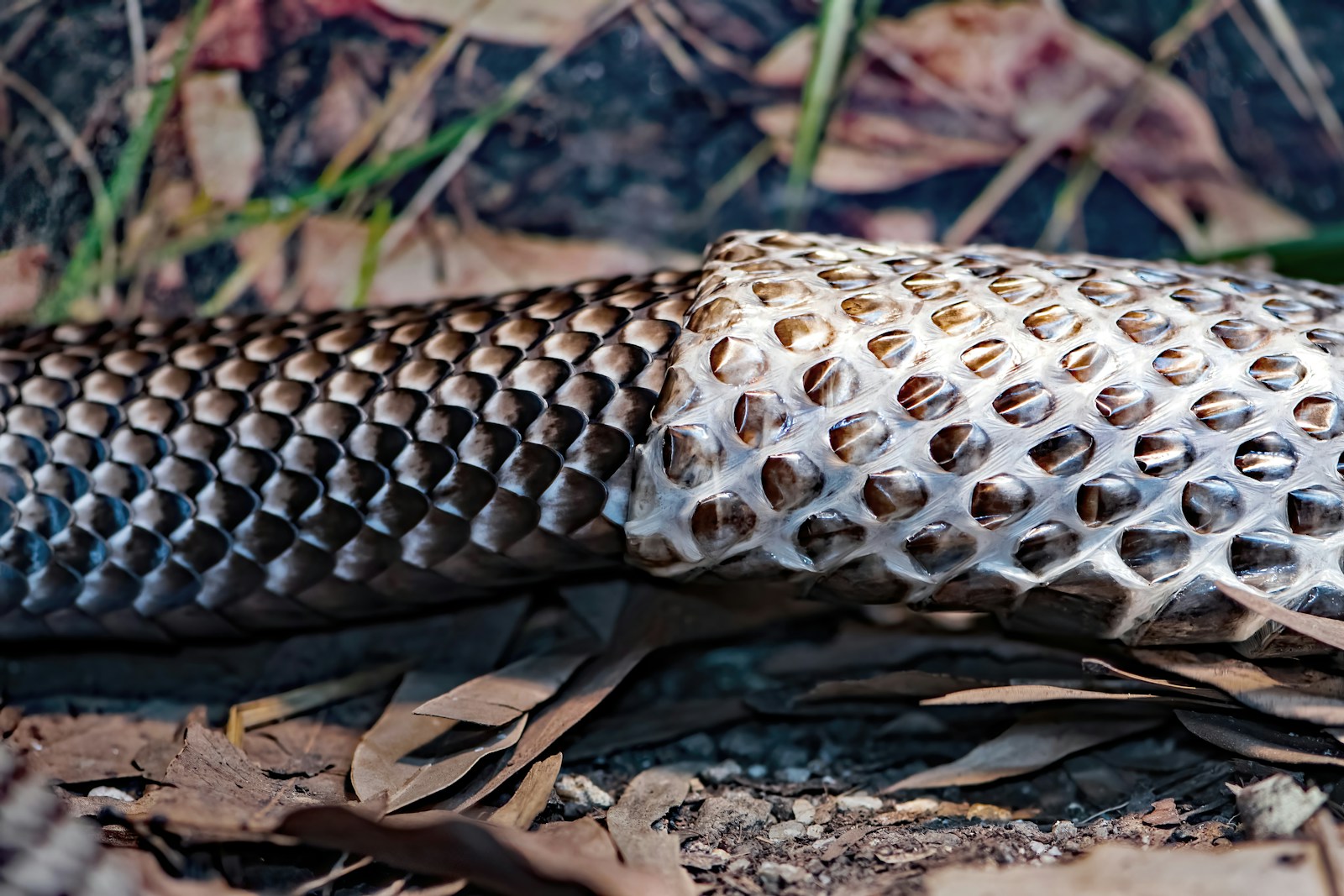
Tunnel-creating snakes have developed specialized hunting strategies uniquely adapted to their subterranean environment. Rather than relying on vision like surface-dwelling snakes, these species primarily use chemical senses and touch to locate prey. Many species have highly developed vomeronasal organs (Jacobson’s organs) that detect chemical signatures left by potential prey in the soil. Some burrowing snakes specifically target the eggs and larvae of ants and termites, following the chemical trails these insects leave in their own tunnels. The Western Threadsnake (Rena humilis), for example, uses its narrow body to infiltrate ant nests, where it consumes eggs and larvae while avoiding detection by adult ants. This specialized diet allows these snakes to exploit food resources that are inaccessible to most other predators, reducing competition in their underground ecosystem.
The Sunbeam Snake’s Iridescent Tunneler
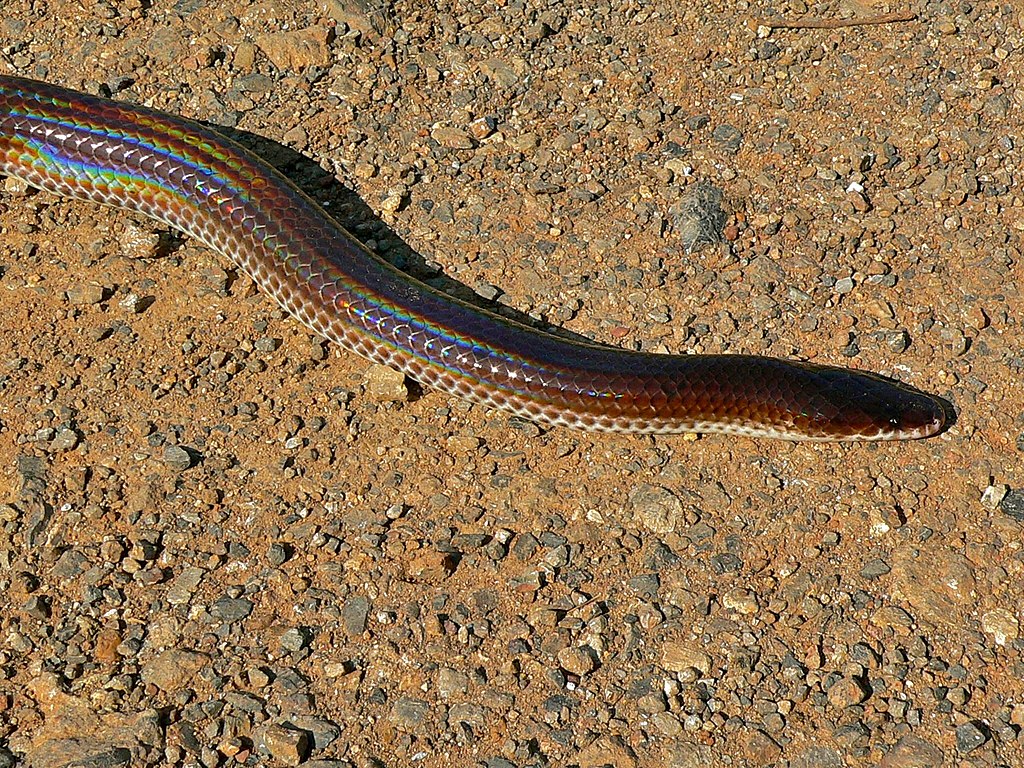
The sunbeam snake (Xenopeltis unicolor) of Southeast Asia represents one of the most visually striking burrowing snake species. Despite spending much of its time creating tunnels underground, this snake has developed highly iridescent scales that shimmer with rainbow colors when exposed to light – a stark contrast to its otherwise secretive lifestyle. The sunbeam snake creates tunnels in moist forest soil, using its muscular body and reinforced skull to push through the substrate. At approximately 3-4 feet in length, it’s larger than many other burrowing specialists, allowing it to create wider tunnels and hunt larger prey. Its unique combination of burrowing adaptations and striking appearance has made it a species of interest to both scientists studying burrowing adaptations and exotic pet enthusiasts, though its shy nature makes it challenging to observe in the wild.
Respiratory Adaptations for Underground Life
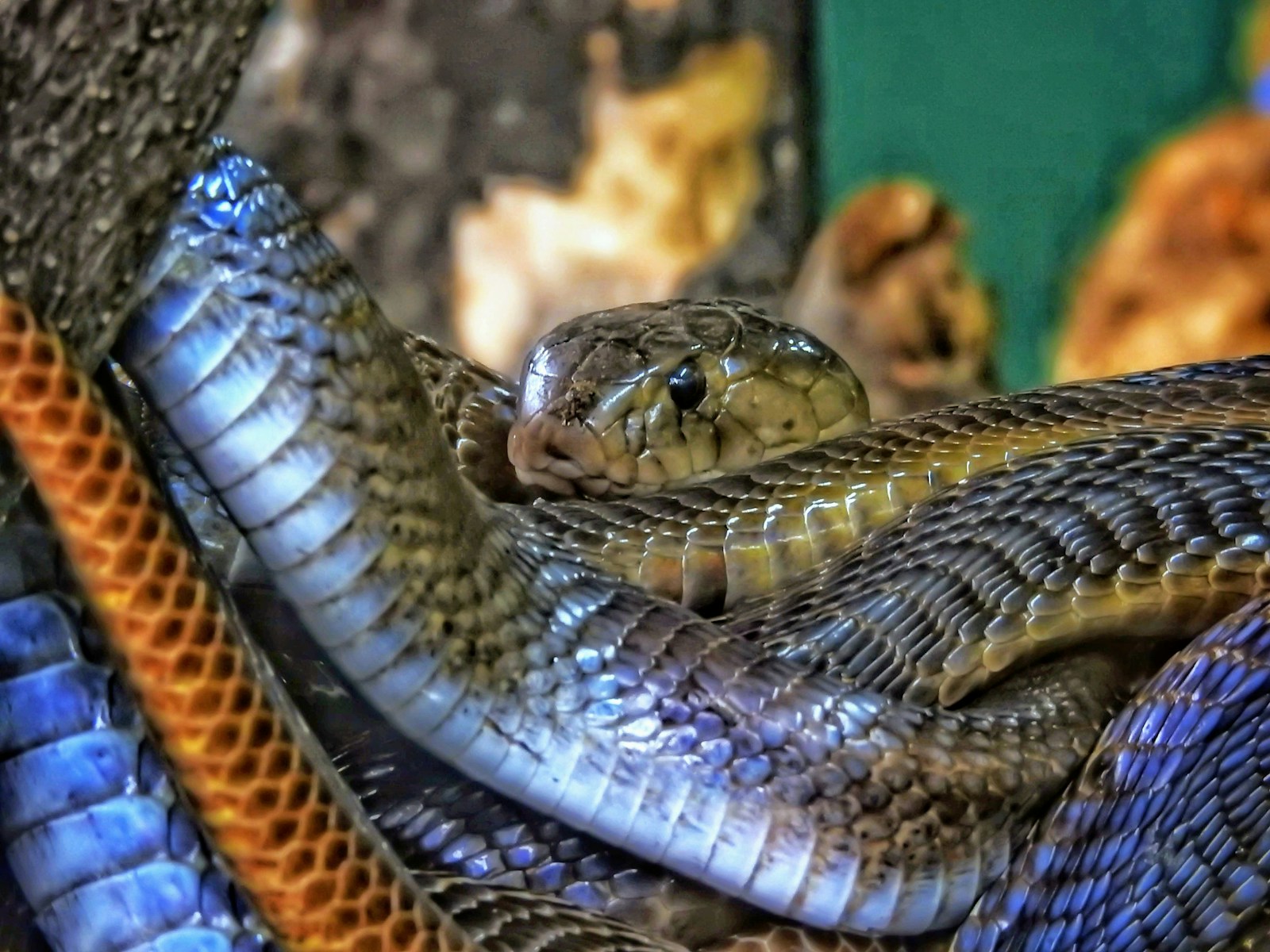
Burrowing snakes face significant respiratory challenges in their underground environment, where oxygen levels are lower and carbon dioxide concentrations higher than at the surface. To overcome these challenges, many species have evolved specialized respiratory systems. Their lungs often show adaptations for increased efficiency, extracting more oxygen from each breath. Some species can also perform cutaneous respiration – absorbing oxygen directly through their skin – which supplements their regular breathing. Additionally, many burrowing snakes have developed the ability to significantly slow their metabolism when oxygen levels are low, reducing their overall oxygen requirements. These combined adaptations allow them to remain active underground for extended periods without needing to surface for air, enhancing both their hunting efficiency and predator avoidance capabilities.
Ecological Importance of Snake Tunnels
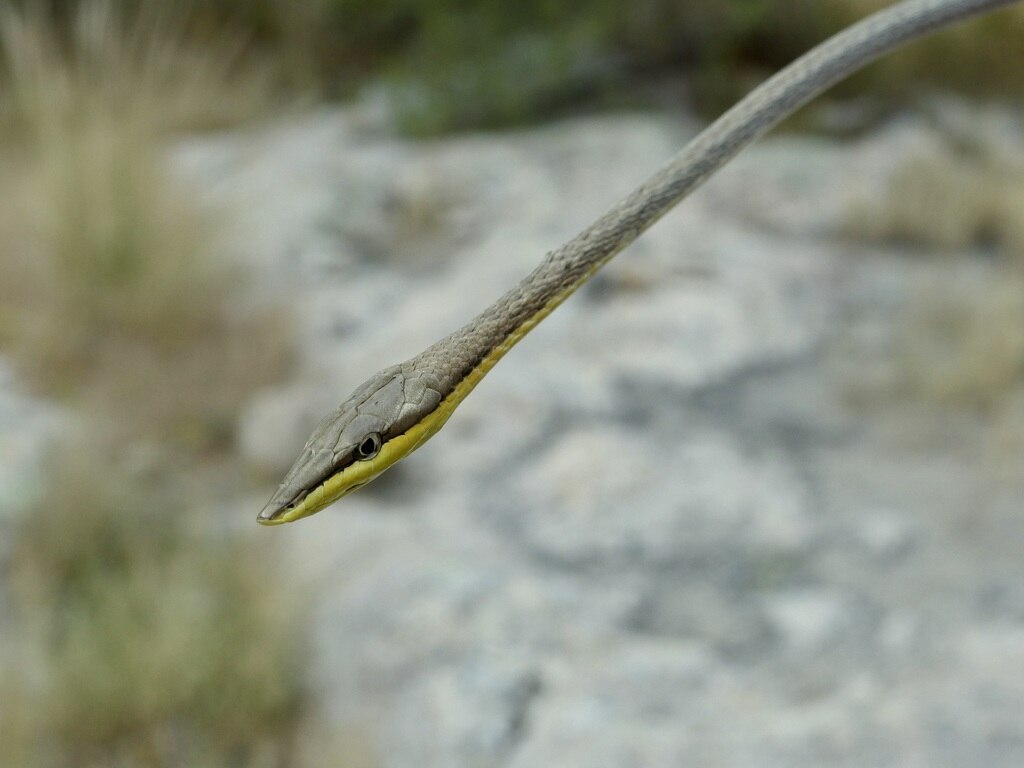
The tunneling activities of burrowing snakes play surprisingly important roles in their ecosystems, despite being largely invisible to human observers. As these snakes create extensive tunnel systems, they aerate the soil, improving its quality and water infiltration capacity in a manner similar to earthworms. The abandoned tunnels of larger burrowing snake species often provide ready-made shelters for other small animals, from invertebrates to small vertebrates, increasing habitat complexity within the soil ecosystem. Additionally, their predation on soil-dwelling insects helps regulate populations of potential pest species. Research in certain tropical regions has shown that areas with healthy populations of burrowing snakes tend to have more nutrient-rich soils, as the snakes’ movement helps distribute organic matter throughout different soil layers, benefiting plant life and other organisms within the ecosystem.
Conservation Challenges for Underground Specialists

Despite their remarkable adaptations, tunnel-creating snakes face numerous conservation challenges in the modern world. Their subterranean lifestyle makes population monitoring extremely difficult, as traditional survey methods often fail to detect these secretive species. Agricultural practices like deep plowing, extensive pesticide use, and soil compaction can destroy their tunnel systems and directly harm the snakes. Habitat fragmentation further isolates populations, restricting gene flow and potentially leading to local extinctions. Climate change poses additional threats, as changing soil moisture and temperature regimes may render previously suitable habitats uninhabitable for these specialized reptiles. Conservation efforts for these species are complicated by limited public awareness and appreciation – unlike charismatic surface-dwelling snakes, these underground specialists rarely capture public attention despite their ecological importance and evolutionary uniqueness.
Distinguishing True Burrowers from Opportunistic Shelter Users
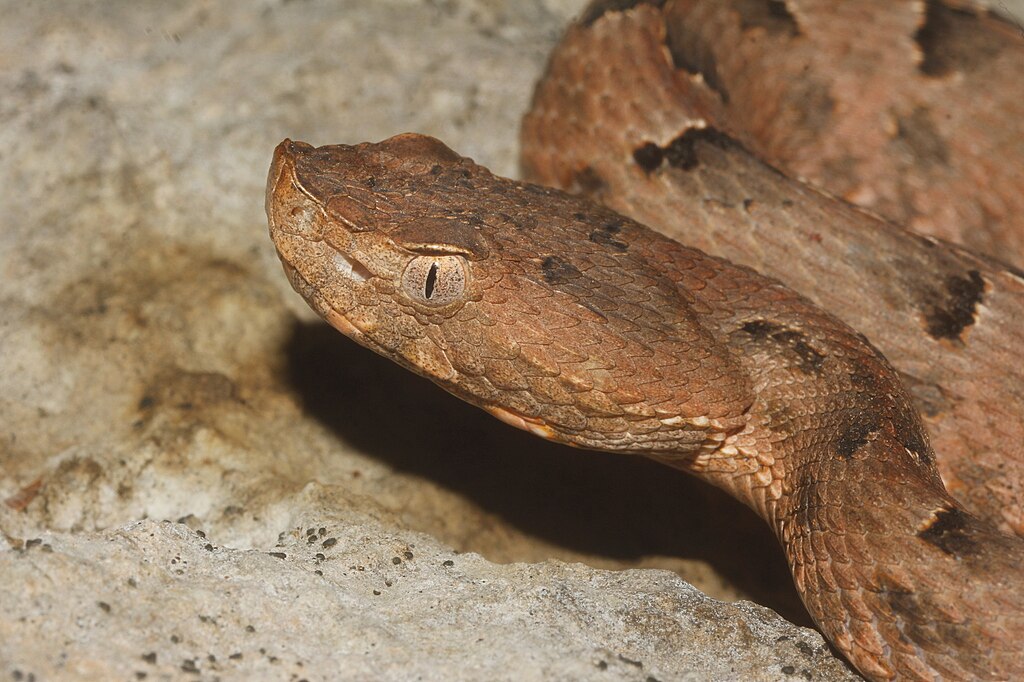
Not all snakes found underground are specialized tunnel creators, making it important to distinguish true burrowing specialists from occasional shelter users. True tunnel-creating snakes possess the suite of adaptations previously discussed: reinforced skulls, cylindrical bodies, specialized scales, and particular muscle arrangements. In contrast, many snake species opportunistically use existing burrows created by other animals or natural crevices without creating their own tunnels. For example, rattlesnakes and other vipers often use rodent burrows for shelter but lack the physical adaptations for creating tunnels themselves. Herpetologists classify snakes along a continuum of burrowing behavior: primary burrowers (like blind snakes) that create and primarily live in tunnels; facultative burrowers that split time between surface and underground activities; and non-burrowers that may occasionally use existing underground spaces but cannot create them independently.
Human Encounters with Burrowing Snakes
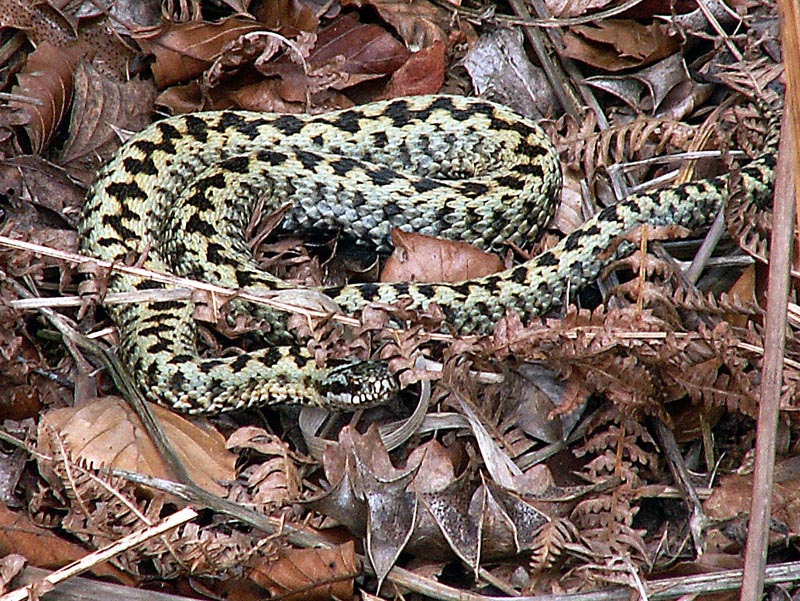
Human interactions with tunnel-creating snakes are relatively rare compared to encounters with surface-dwelling species, primarily due to the secretive nature of these underground specialists. Gardeners occasionally unearth species like blind snakes or thread snakes while digging, often mistaking them for earthworms due to their small size and similar appearance. Unlike many larger snake species, burrowing specialists are typically harmless to humans – most lack venom and have mouths too small to effectively bite humans even if threatened. Their discovery often generates curiosity rather than fear, providing valuable educational opportunities about soil ecosystems. In some cultures, finding certain burrowing snake species in agricultural fields is considered fortunate, as farmers recognize their role in controlling insect pests and improving soil quality. Conservation organizations increasingly leverage these positive associations to promote protection for these unique but overlooked reptiles.
The world of tunnel-creating snakes reveals nature’s remarkable engineering solutions to the challenges of underground living. From their specialized head structures to their efficient locomotion techniques, these reptiles have evolved a suite of adaptations that allow them to thrive in an environment few other vertebrates can access. While they remain among the least visible members of the reptile world, their ecological contributions are substantial, affecting soil health, providing habitat for other organisms, and regulating invertebrate populations. As we continue to study these fascinating creatures, we gain not only greater appreciation for snake diversity but also important insights into evolutionary processes and subterranean ecosystems. The next time you walk across seemingly empty ground, remember that beneath your feet may lie the intricate tunnel systems of these remarkable serpentine engineers, silently going about their ancient ways in their hidden underground world.

